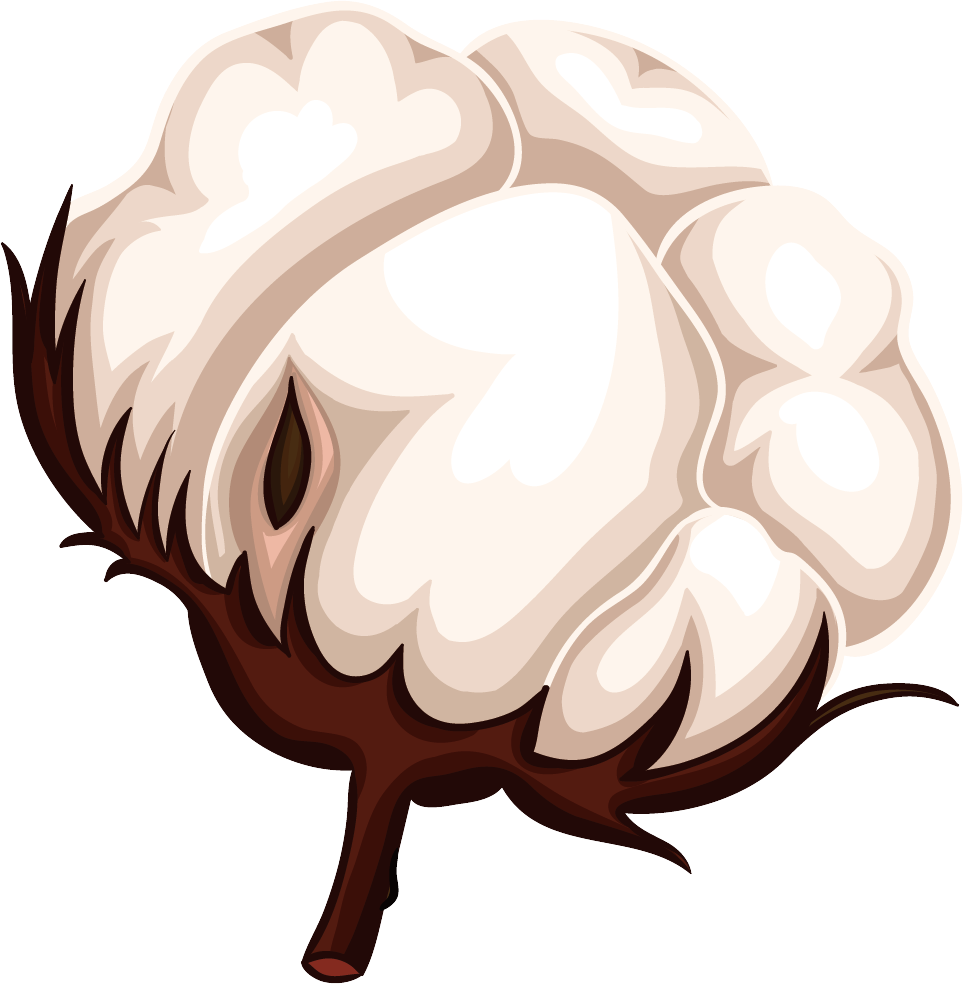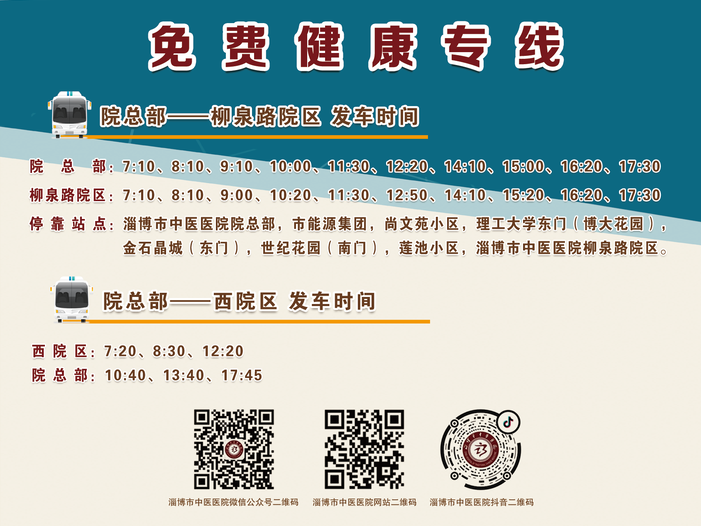

1. Decoction Tools:
It is recommended to use a clay pot, ceramic jar, or enamel pot; stainless steel pots are also acceptable. Avoid using aluminum, iron, copper pots, pots with oil residue, and other metal containers.

2. Water for Decoction:
It is advisable to use clean water with low mineral content and few metal ions. Tap water, regular purified water, or deionized water (distilled water) is preferred.

3. Soaking Before Decoction:
It is recommended to soak the herbs in cool water for about 30 minutes. In winter, water at 20-30 degrees Celsius can be used, but boiling water should be avoided.

4. Water Volume for Decoction:
For the first decoction, it is recommended to use enough water to cover the herbs by 2-3 cm. For the second decoction, the water level should be equal to the level of the herbs. Additionally, the water volume is related to the decoction time and the required amount of herbal liquid. For wind-heat cold remedies, a light decoction is needed, with a short decoction time, so the water should be close to the required amount of herbal liquid. For tonifying herbs, a longer decoction time with a gentle fire is required, so more water should be added. Note that the water should be added all at once to avoid adding water midway through the process.

5. Heat Level for Decoction:
It is recommended to use high heat (boiling) before the liquid boils, and then switch to low heat (simmering) after boiling.

6. Decoction Duration:
For general herbs, after boiling the first decoction, continue to simmer for about 30 minutes; for the second and third decoctions, simmer for 15-20 minutes after boiling.
Light decoction: refers to a short decoction time, simmering for 10-15 minutes after boiling the first decoction, and 5-10 minutes after boiling the second decoction. This is generally used for upper jiao diseases and skin conditions, such as coughs and rashes caused by external wind-heat.
Long decoction: refers to a longer decoction time, requiring 40-45 minutes after boiling the first decoction, and 20-30 minutes after boiling the second decoction. This is often used for chronic diseases and tonifying herbs. A single dose of Chinese medicine can be decocted 2-3 times.

7. Special Decoction Methods:
Different decoction methods are recommended for single-pack herbs based on their application:
01
Pre-decoction:

Decoct for 30-60 minutes before adding other herbs (such as hard minerals, shells, or toxic herbs that should be decocted for 1 hour or longer).
02
Post-decoction:

Add the herbs 1-5 minutes before the decoction is finished; if decocting twice, add half during the first and second decoction. This is generally for aromatic herbs or those high in volatile oils, which may lose efficacy if decocted for too long.
03
Bag decoction:

This refers to wrapping the herbs in gauze before decocting. ① Pollen herbs, small seeds, and finely powdered herbs. ② Herbs high in starch. ③ Herbs with fine hairs.
04
Melting:

Some gummy or sugary herbs are recommended to be melted in the decoction or dissolved in an appropriate amount of boiling water before being added to the decoction.
05
Separate decoction:

For some precious herbs, it is recommended to decoct them separately to extract their juice, which can then be mixed into the prepared decoction.
06
Direct consumption:

For herbs that are difficult to dissolve in water or certain fresh herbs.

8. Post-Decoction Notes:
The decocted liquid should be filtered, and then the liquids from multiple decoctions should be mixed and divided for consumption. Generally, the liquid from each dose of herbs is about 300-600 ml, taken 2-3 times a day, with each dose being 150-200 ml. If the liquid is too much, it can be re-decocted to concentrate it, but note that herbs requiring light decoction should not be concentrated. Special cases should be determined according to medical advice, such as for those with spleen and stomach weakness, where smaller doses are advisable; or for treating acute febrile diseases, where more frequent doses are recommended.
Contributed by: Medical Department Zhang Bin
Reviewed by: Li Wenyuan
Edited by: Ning Yurong

